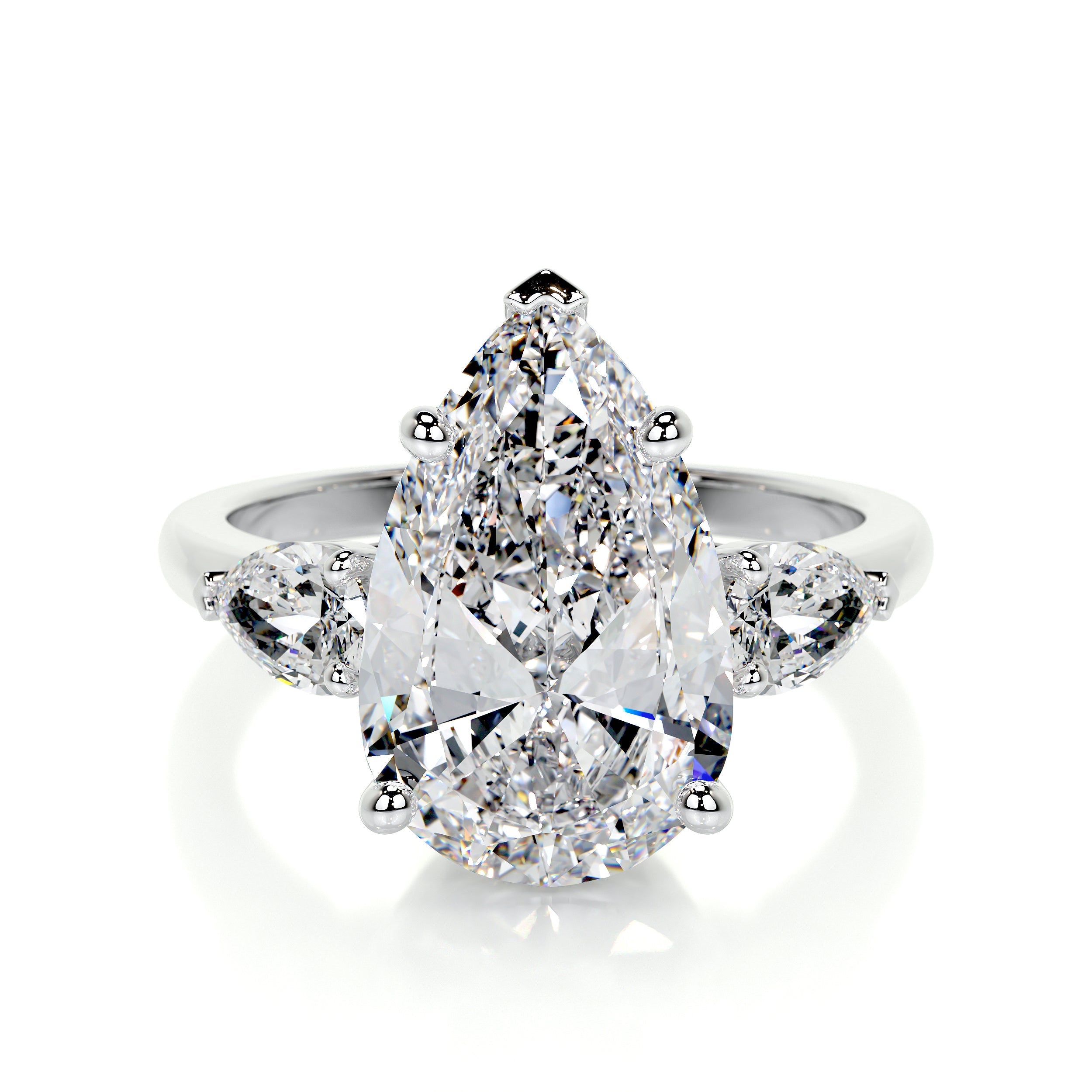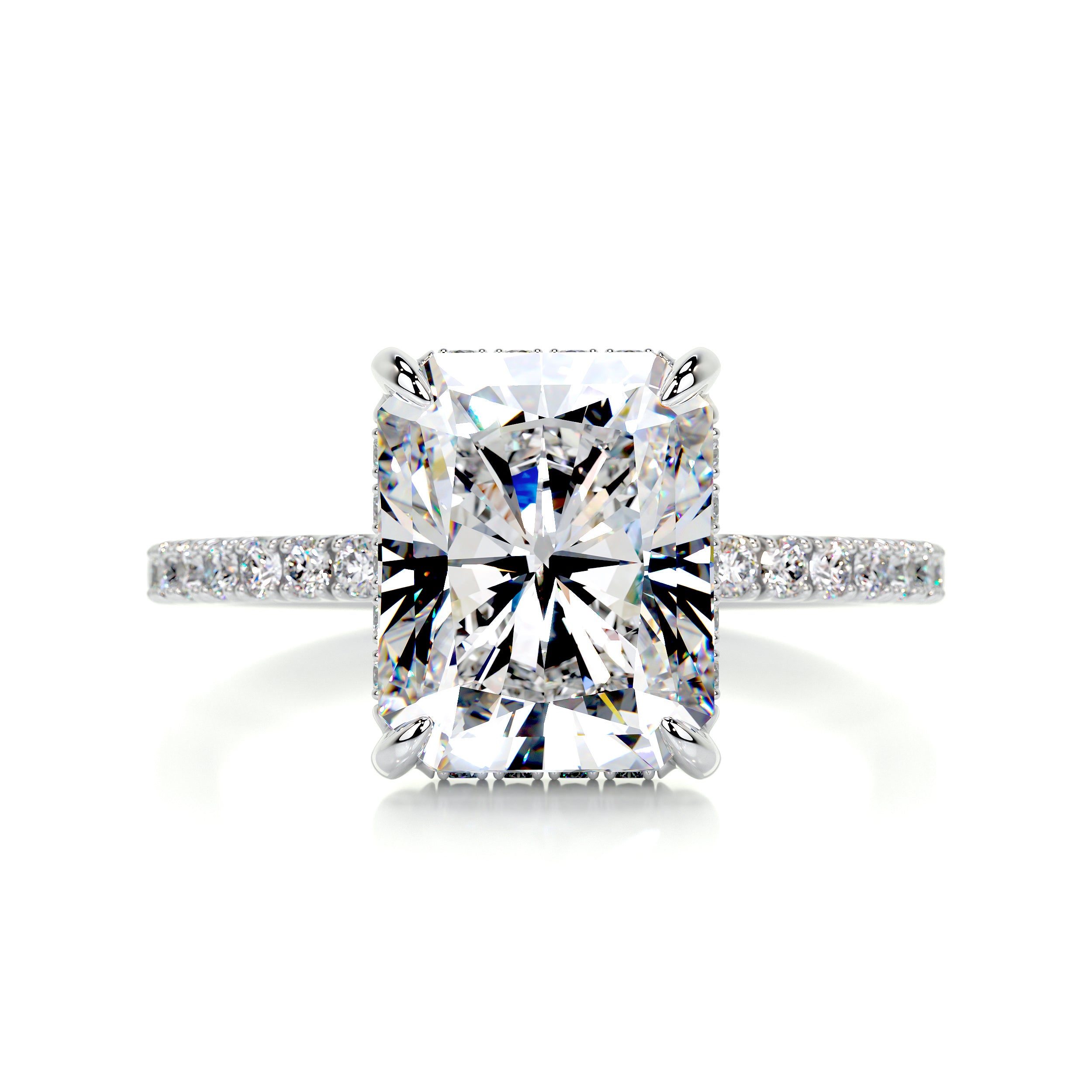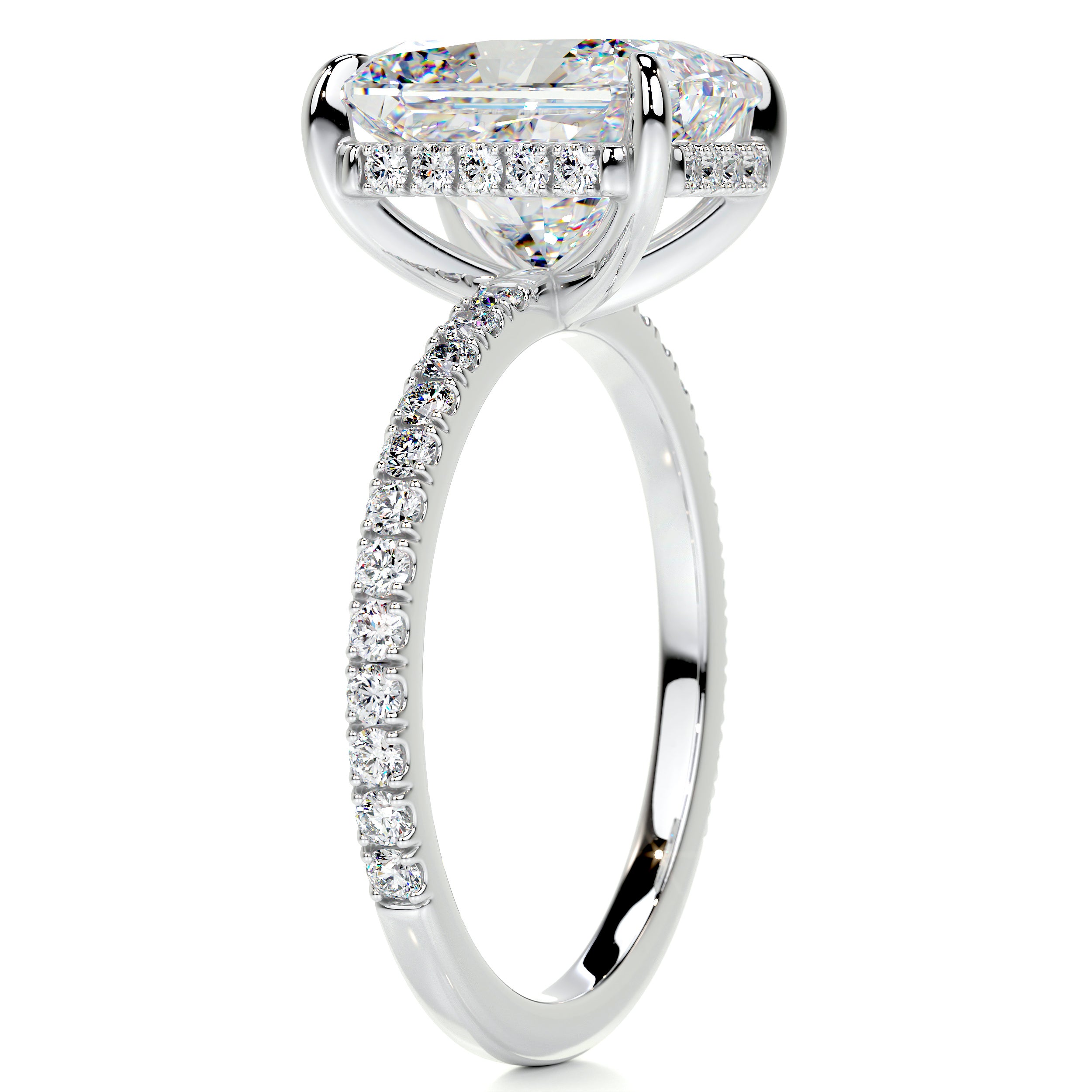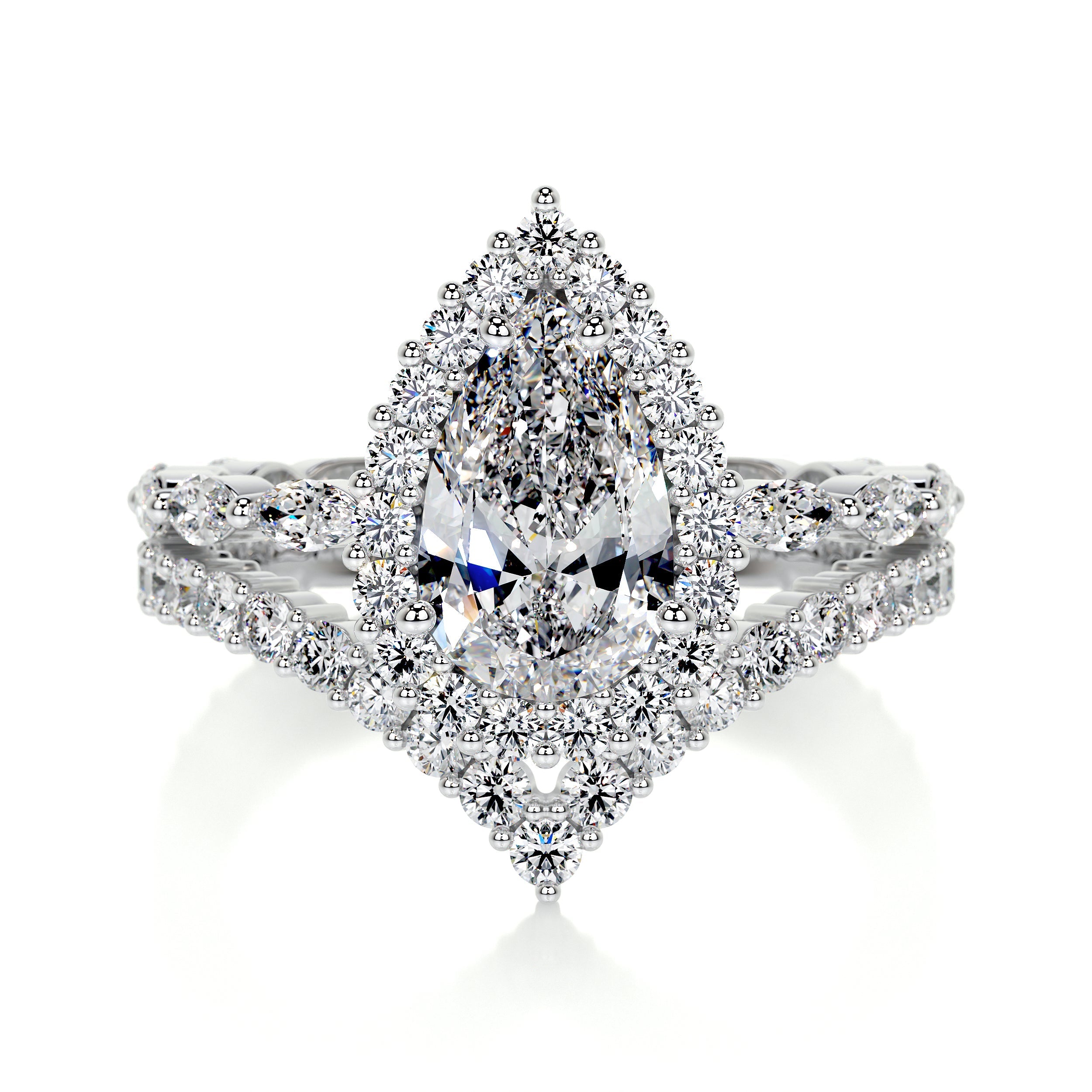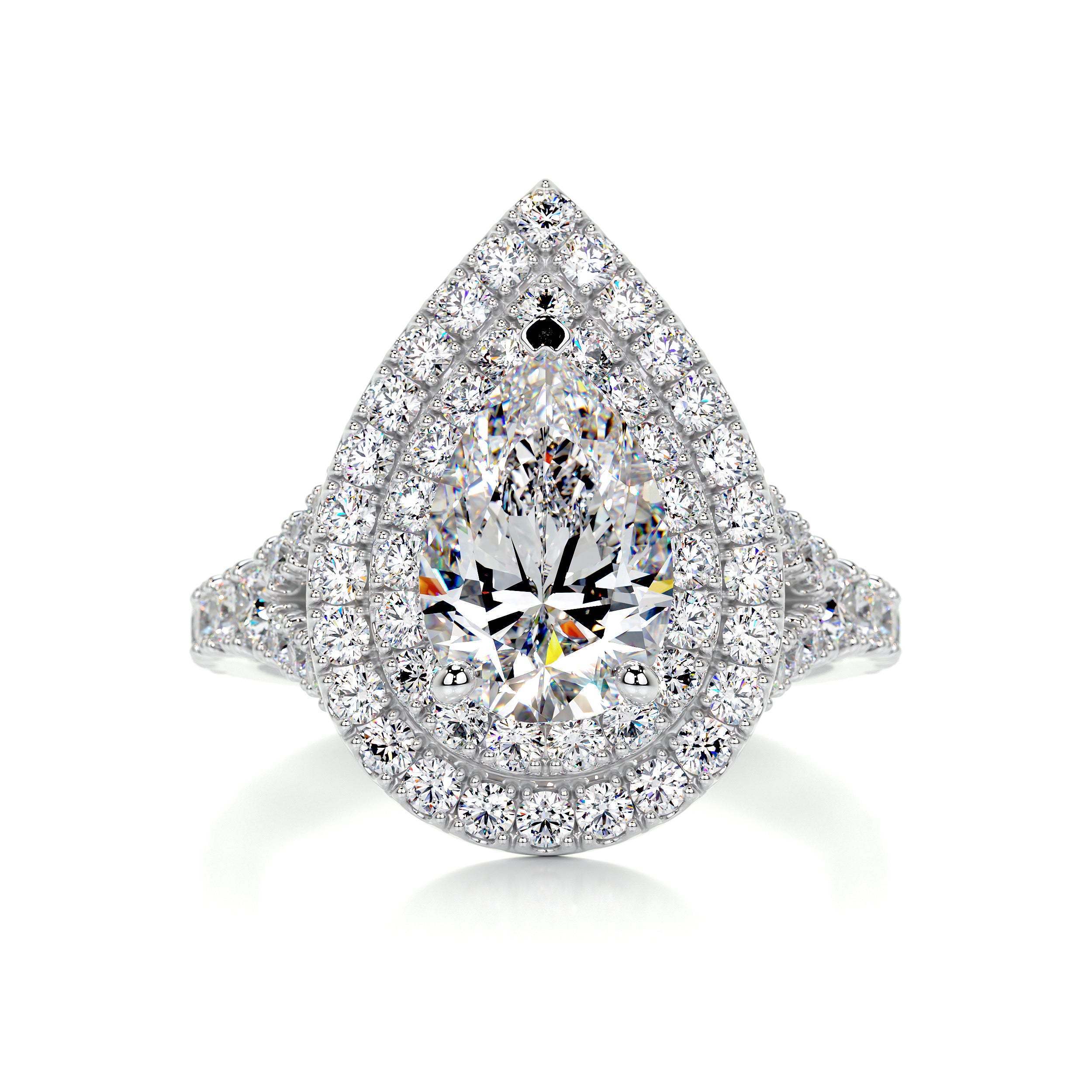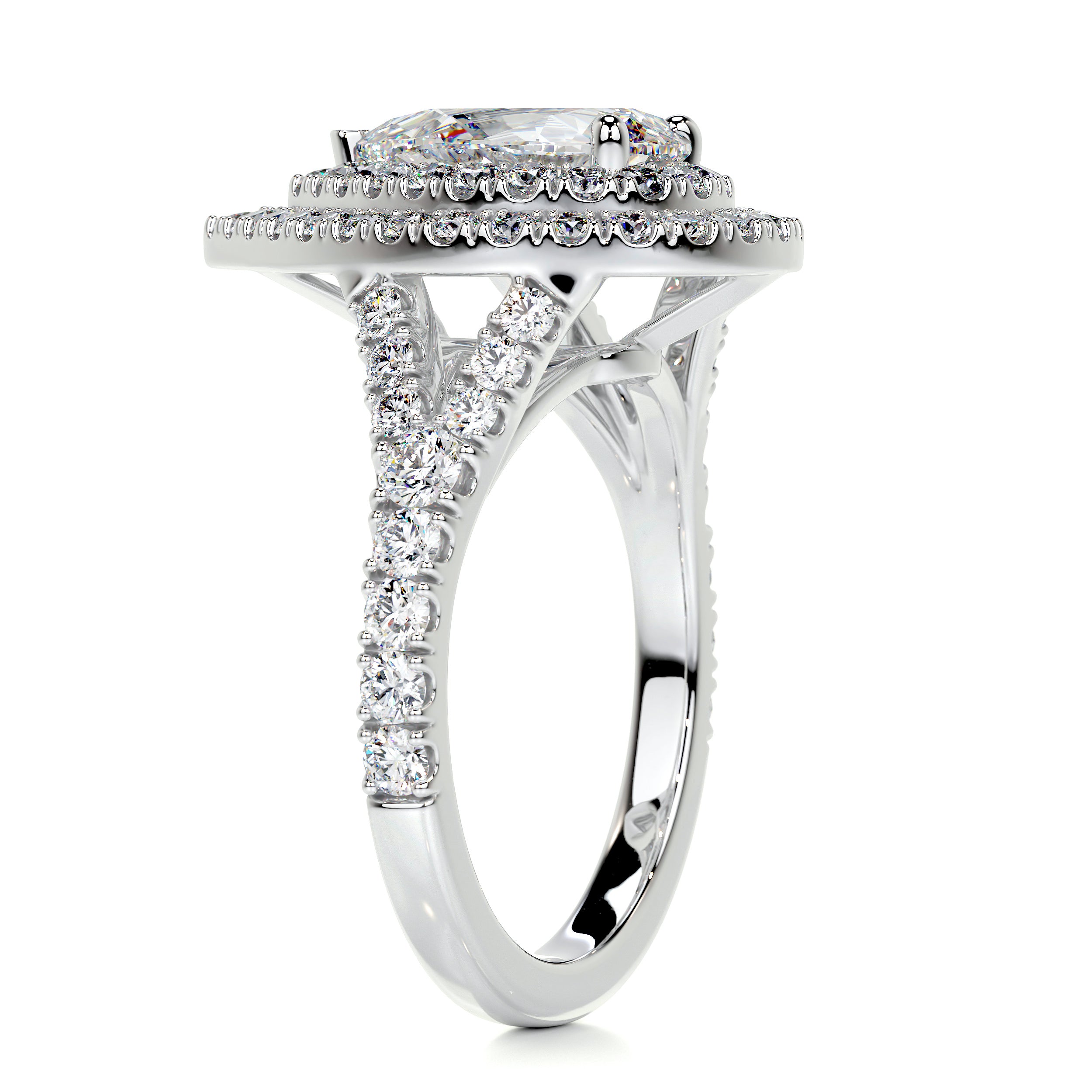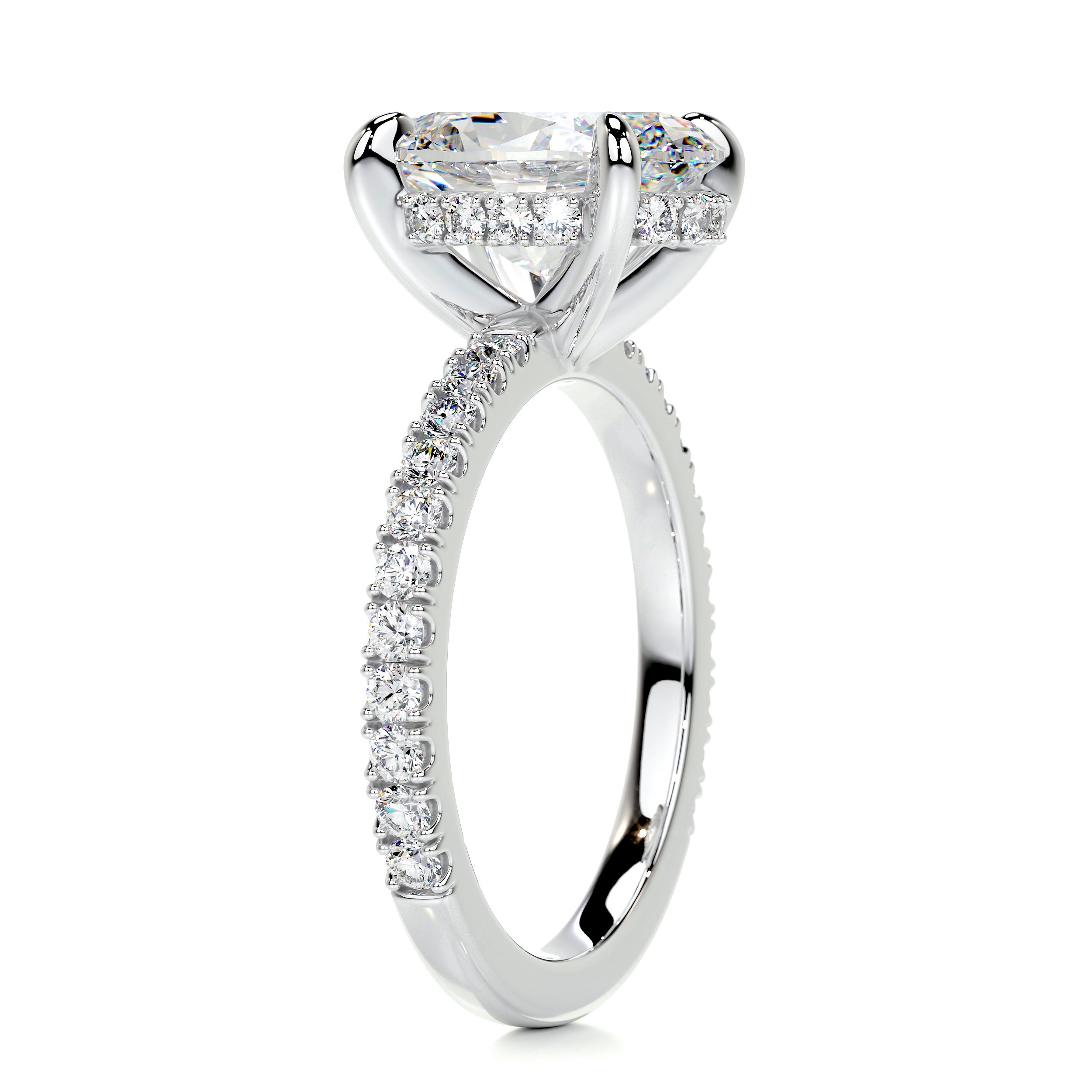We have choices today like never before. Buying that all important diamond engagement ring or any significant diamond jewelry is a big purchase. So, you want to know all you can about diamonds and their options prior to laying down some serious cash.
Why Do People Like Moissanite?
Moissanite is a very popular and beautiful alternative to the traditional diamond choices that brides might be wise to consider today. The more you learn about both of these stones, Moissanite and diamonds, the more confidence you’ll have in the stone you end up selecting.
A Good Look at Diamonds First
First of all, what exactly is a diamond? This iconic dazzler has held man captive for thousands of years. Its beauty, rarity and durability make it the most outstanding jewel of all. Diamond is composed of a single element—carbon. No other gemstone can claim that trait—being composed of a single mineral element. It’s also the hardest natural substance known to man. On the Mohs scale which ranks a mineral’s hardness, it claims a perfect 10, the highest of all hardness values. It also handles and reflects light magnificently—unlike any other natural jewel. Those are but a few of the characteristics that have made diamonds the most sought-after jewel in the world. In earlier times, their rarity meant that these treasures were only collected by royalty and nobility who had the means and access to these riches. Aren’t we glad that nowadays, anyone can buy a diamond, whether its for their bridal jewelry or simply to complete their personal jewelry wardrobe.
But there is more than one type of colorless stone on the market to choose from today. If you’ve done even just a bit of searching you’ve found amazing contenders for pride-of-place with diamond lovers. Several exceptional alternatives offer today’s shopper a luxurious option to diamonds.
Moissanite’s Rich History
One of the modern diamond alternatives is Moissanite. Perhaps you’ve heard of it but don’t exactly know what it is and how it contrasts and compares to diamonds. We’re here to explain that so you’ll be able to make your own informed choice on what’s right for you.
Moissanite, you may be surprised to learn is not actually a new stone, although its recent wide acceptance has broadened its popularity worldwide. Moissanite was named after Noble prize-winning French chemist Henri Moissan. He almost accidentally discovered the natural precursor to Moissanite in the desert where meteorites had once been. Finding small sparkly bits embedded in rock, he initially thought he’d fallen upon some diamonds. But testing proved them to be natural minerals that formed as the result of meteoric activity entering the earth.
This sparked his interest you may imagine. He recreated this mineral in the laboratory, and it eventually was given the name Moissanite in honor of this curious scientist. Moissanite now is lab-created for jewelry in large carat sizes that we love. This colorless stone actually has some characteristics more spectacular than natural diamonds. It is a beautiful gem in its own right and should be celebrated for its own traits, and not simply considered a substitute for diamond. Rather it is considered a gorgeous alternate choice to diamond for the modern shopper.
This created stone has nearly twice the brilliance and fire of a diamond—which makes it a very glamorous option. If you were to put a diamond next to a Moissanite, you’d be able to see that spectacular fire ‘out dazzles’ a diamond. Of course, that’s not to say one should choose Moissanite over diamond. The diamond will always remain many jewelry-lovers favorite stone for its mysterious creation some 125 miles below the surface of the earth and its unique formation and romance. Its nature’s marvelous gift to mankind.
Moissanite, a lab created gemstone often costs far less per carat than diamonds, which no one can complain about. It also appeals to conflict-free shoppers because its man made and in doing so is an eco-friendly choice for shoppers looking to put their money where their sentiments are. So, in that way, one could say that Moissanite is environmentally superior to a natural earth mined diamond.
Contrast and Compare Diamonds v Moissanite
We mentioned diamond’s superior hardness earlier, ranking 10 on the Mohs hardness scale. Moissanite lovers will be happy to learn that this created stone earned a 9.25 hardness on the Mohs scale too, which is much harder than many naturally colored gemstones. Hardness ensures that your stone—whichever one you decide on—will last a lifetime and give you decades of enjoyment with its beauty.
Natural diamonds are found with various levels of colorlessness and clarity simply because they are a naturally formed substance. Moissanite, the created stone may also be produced in various shades of off-colors—like a yellowish tinge, or slightly grey etc. So, keep that in mind when shopping for Moissanite if that’s your choice. Know the vendor and make sure they sell the finest quality Moissanite stones. Simply ask them about the quality of their goods for a better understanding of their products.
Since you have options today, and who doesn’t like that, you can think through what characteristics are most important to you. If it’s your engagement ring, you’ll want to enjoy it for a lifetime and wear it every day. Diamonds speak to many shoppers because they are drawn to the romantic story of their history as well as their beauty. And since their diamond came from the earth, it will not be exactly like any other diamond in the world. The diamond plot (printed diagram) that a diamond lab may create for your diamond will be unique from every other diamond in the entire world. And that holds a big appeal to many people.
Moissanite, on the other hand, is a very glamorous created stone. While costing much less than diamonds, it actually has more brilliance and fire than a diamond due to how it handles light. It also appeals to those who are ecologically conscious—since no mining or disturbing the earth was needed to create this stunner. The choices are yours and we think they are both right—its simply a matter of which one is your choice!

